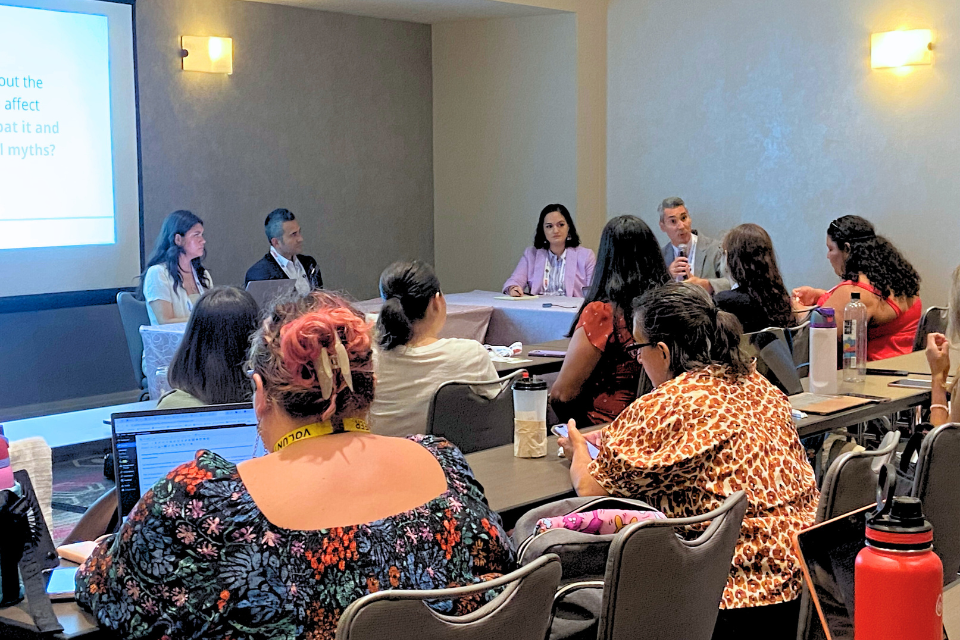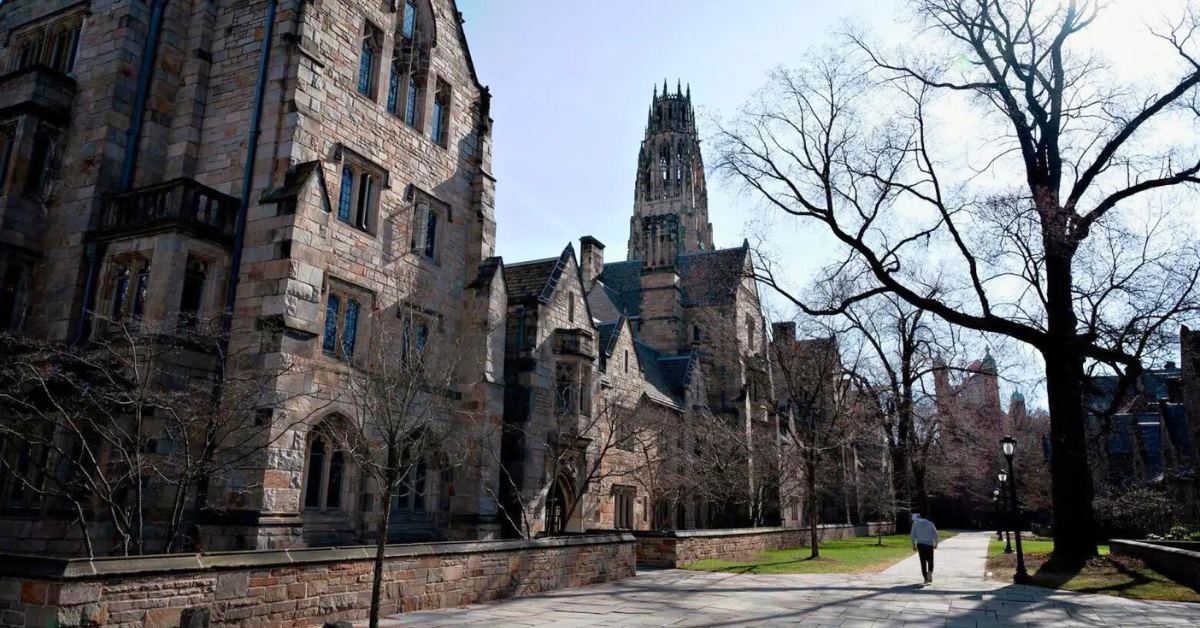By Doug Maine
CTLatinoNews.com
Latinos are overrepresented among clients using the state’s many homeless shelters. They also tend to be much younger by almost two decades on average.
According to “Portraits of Homelessness in Connecticut,” a report issued by the Connecticut Coalition to End Homelessness in February 2011, in 2010, “While Hispanic/Latino persons represent only 12.3% of the Connecticut population, they comprised 28 percent of all emergency shelter and 23 percent of all transitional housing clients.
“They also tended to be younger. The most common age of Hispanic/Latino emergency shelter clients was between 18-29 years old (29 percent), while that of non-Hispanic/Latino clients was 40-49 years old (31 percent).”
“Connecticut’s emergency shelters alone served 11,700 people, including more than 1,500 children. The number of people in shelters and transitional programs at any given point in time increased 3% from 2009 to 2010, while shelter bed usage has exceeded 100% during all of 2010 and much of 2009. While collectively we may have slowed the rate of growth in homelessness over time, the numbers continue to increase,” the report said.
All of the directors and staff members at shelters contacted for this story said their facilities have at least some bilingual staff members to assist clients who speak no English. And all have caseworkers, and in some cases in-house programs, to help clients find housing, learn English, acquire job skills, receive treatment for alcohol or substance abuse problems or connect with 12-step groups and receive treatment for mental and physical health issues.
Hartford’s Latino Homeless
At the Open Hearth shelter in Hartford’s Dutch Point neighborhood, the client population is about 30 percent Hispanic, 20 percent white and 50 percent African-American, said executive director Marilyn Rossetti. The nonprofit has provided a temporary residential community environment to homeless men since 1884, and the population served has grown increasingly diverse she said.
“We have bilingual employees. We have an AA meeting that’s in Spanish, because we do have a diverse population,” she said.
Most Latino clients are bilingual, but there are those who speak only Spanish. “We’re very aware of it, and when we do a new hire,” candidates’ ability to speak Spanish is a consideration, Rossetti said.
Not far away at South Park Inn, located on Main Street near Park Street, Hartford’s historically Latino hub, out of the 1,222 unique individuals served in 2012, 464 – or 37.9 percent – identified themselves as Hispanic/Latino, according to Heather K. Pilarcik, South Park Inn’s service coordinator.
Spanish-speaking staff is available on all shifts, and the shelter is staffed 24 hours per day with direct care counselors who provide guidance, support, supervision and security. Individual service coordinators meet with each client and arrange for support services, refer clients to appropriate programs, provide encouragement and assist in finding housing.
Latino Homeless in Bridgeport
Alpha Community Services YMCA in Bridgeport operates the state’s largest family shelter, housing 29 families at a time, with more on a waiting list, and is the largest provider of permanent supportive housing in Connecticut, Carmen Colón, Alpha Community Services YMCA in Bridgeport executive director, noted. One problem her agency has had is finding social workers who speak Spanish; the pool of qualified candidates is small.
Hernán Bohórquez, program director of Alpha’s Families-in-Transition program, said, “usually, half of our clients are Latino and most of them come from Puerto Rico. There are very few Latinos here (in Bridgeport) from other countries.”
Families can stay for 60 to 90 days in Alpha’s shelter, which is not a lot of time to save enough money to afford housing, Bohórquez said. “And then for the kids it’s a new place and a new culture, and they have the problem of school,” where they may be bullied.
In other cases, he said Latinos who have been in the area for quite awhile get evicted after losing a job. The agency may assist them in getting into ESL classes or programs through which they could earn certification for jobs currently in demand. Sometimes there are transportation barriers to getting to the programs but “I must say we have clients with a lot of drive and desire, and they move quickly,” he said.
Southeast CT Latinos
The Thames Valley Council for Community Action operates the Uncas-on-Thames Shelter in Norwich, which serves adults with children under age 18; it does not serve single adults. The initial stay in the shelter is for 60 days.
Ida Parker, assistant director of housing and shelter services, said that during the last quarter of 2012, the shelter served 40 persons, 13 of whom were Hispanic.
“The majority of them are bilingual,” and are Puerto Rican, she said. They’ve also been living in the area for awhile. Like other Uncas-on-Thames clients, in this extended economic recession, they have found it more difficult to get work, especially jobs that pay more than minimum wage.
Serving Stamford’s Homeless
Neighbors Link Stamford serves immigrants from all over the world. According to executive director Catalina Horak, “in our center, I’d say 90 percent of the people we see are from Latin America … In Stamford, the largest number of Latino immigrants are Guatemalan, and our demographics reflect that,” though there are also significant numbers from Mexico, El Salvador, Honduras and Peru.
Neighbors Link is not a housing agency, but its staff does help immigrants navigate the system and connects them to various nonprofit agencies that can assist them, Horak said.
“Affordable housing is a big issue for low-income people in this area,” she said, so in many cases members of large or extended families live together in relatively small apartments or homes. “We’ve have a few cases where we’ve had to refer persons to housing shelters,” she said.
Immigration Status
Like many other nonprofit agencies in the Stamford area that support immigrants, Horak said that Neighbors Link does not ask clients about their immigrant status. “We don’t make a (distinction) between people who have work permits and immigration status and those who do not… What we see here is a large number of people who work very hard and are trying to make a better life for themselves and their kids,” and a large number of them pay taxes.
“There are places in this country that have traditionally been open to immigrants and Stamford is one of them,” as evidenced by its history of diversity, entrepreneurial economy and ethnic restaurants,” Horak said. “There’s nothing different right now from what happened 80 years ago with Italians.”
At South Park Inn, in Hartford, Baker noted that, “Park Street’s changing and you’re getting different Latino groups,” including immigrants from Guatemala, the Dominican Republic, Peru and Colombia.
In the process of determining each client’s status and the best recommended case plan to assist them, caseworkers at SPI do inquire about immigration status, Pilarcik said. “An illegal immigration status does significantly limit some of the benefits and services that they are eligible for.
“Depending on individual circumstances, they may not qualify to find legal employment, may be ineligible for disability or other benefits, and may not be able to apply for various housing programs. Realistically, this suggests that the length of time that they will be homeless is greater,” she said. “There are simply fewer options available to them (i.e. landlords that will rent to them, under-the-table employment). Each case is different, so I can’t say how we’d handle all of them, other than to make the best possible referrals and recommendations based on individual circumstances.”
Photo © Ed Yourdan via Flickr



